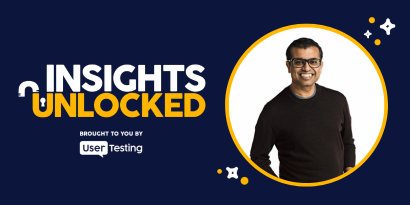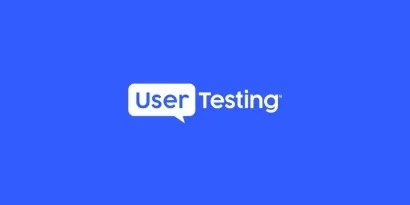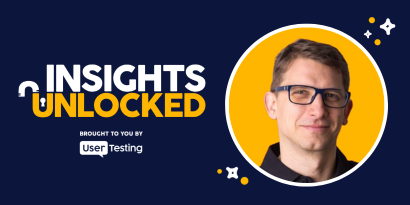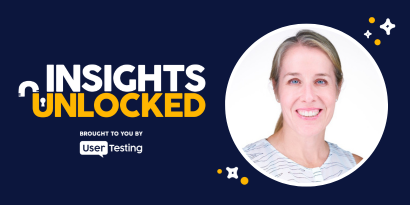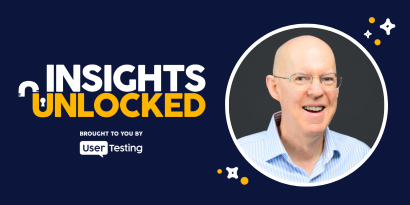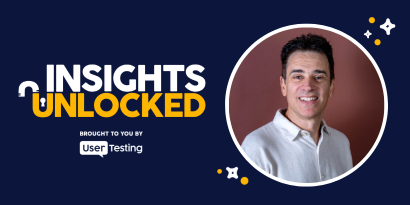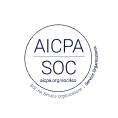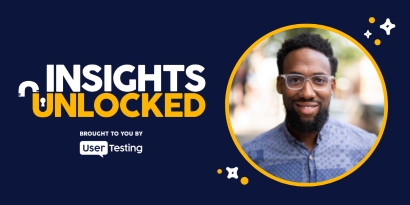
Episode 33 | February 28, 2022
Customer research and startup de-risking with Ben Hogan
Discover how Ben Hogan uses customer research to de-risk startups and boost success at Notre Dame’s IDEA Center. Smart insights for innovators.
Betting smart: Why investing in customer research is the ultimate startup advantage
Imagine pouring your heart, soul, and savings into a startup—only to find out three years and $1.5 million later that no one actually wanted what you were building. According to Ben Hogan, Director of De-risking at the University of Notre Dame’s IDEA Center, this painful reality happens far too often. But there’s a better way.
“If you can avoid losing three years of your life to a startup that was doomed to fail in the first place by talking to 30 customers... nobody wants to waste three years of their life,” said Hogan during his conversation on Insights Unlocked.
In this episode, Ben shares how his team at the IDEA Center is transforming the traditional startup journey using a structured, data-informed approach to customer research and startup de-risking. Their method is helping innovators avoid common pitfalls and build ventures with stronger product-market fit from day one.
Building a machine for innovation
At the IDEA Center, innovation isn’t a buzzword—it’s a machine.
“We’ve literally created a machine around this,” said Hogan. “When we first got started, we used a lot of engine metaphors for everything—commercialization engine, two-stroke, four-cylinder, V8. Faculty didn’t love the metaphors, but the structure stuck.”
This structured approach divides the startup process into three phases:
- Risk assessment – Initial validation of market size, competition, and commercial potential
- De-risking – Deep dives into customer discovery, behavioral signals, and usability
- Enterprise acceleration – Building the company, recruiting leadership, and securing early funding
Each stage is designed to reduce uncertainty while increasing the likelihood that an idea will thrive in the real world.
ON-DEMAND WEBINAR
Tactical (and practical) tips to get fast feedback for better marketing
Customer research: The ‘selfish’ advantage
In a world where startups often fall in love with their own ideas, Hogan offers a refreshing—and somewhat provocative—perspective: “It’s very selfish to invest in customer research.”
This isn’t about being inconsiderate. Quite the opposite. Hogan means that listening to your users is one of the best ways to protect your time, money, and energy. Good customer discovery prevents you from building in a vacuum.
He explained, “You're going to look good if you do it because your products are going to be more successful, your customers are going to be happier, and you’re going to end up with a bigger bonus.”
Behavioral signals: Listening with more than ears
While traditional interviews are a staple of customer research, the IDEA Center relies heavily on behavioral signals—those subtle (and not-so-subtle) indicators of real interest.
- Will someone give you their email address?
- Will they spend time on a prototype?
- Will they actually pay for a product?
“The best one is usually money,” said Hogan. “Can we get somebody to pay for it? That’s the strongest signal we can get that we’re on the right track.”
By collecting these signals early—whether through pilot programs, usability testing, or concept validation—the team can tell if a product is gaining traction or stalling.
Treating startups like science experiments
At the IDEA Center, startups are treated like scientific hypotheses.
This framing resonates with faculty, who are often researchers themselves. “We just kind of frame it as applying the scientific method to business hypotheses,” said Hogan. That means:
- Asking questions about customers and the problem space
- Designing research and interview protocols
- Running experiments
- Analyzing results
- Drawing evidence-based conclusions
It’s not about gut feeling—it’s about data-driven decisions, every step of the way.
“We’re applying the scientific method to business hypotheses.”
Training founders to fish
As the startups transition into the enterprise acceleration phase, the IDEA Center doesn’t just hand over answers—it teaches founders how to ask the right questions.
Hogan has developed a training platform to help entrepreneurs master everything from customer interviews to building a value analysis case. Whether they’re students in the startup associate program or experienced founders, the goal is self-sufficiency.
“I don’t watch them,” he explained. “I just come back and look at the results and have an intelligent conversation with them.”
This coaching model ensures that founders are equipped to continue validating and iterating long after they leave campus.
Metrics that matter
So how does the IDEA Center measure success?
One key metric is the number of “high potential startups” launched each year—companies with a viable idea, early customer interest, a strong board, and at least $100,000 in initial funding. Hogan’s team is responsible for delivering seven of these ventures annually.
Other key performance indicators (KPIs) include:
- Number of de-risking milestones achieved (e.g., customer interviews, concept tests)
- Number of mentors and advisors recruited
- Funding milestones reached by launched startups
These metrics ensure that customer insights are tied directly to business outcomes—not just feel-good feedback.
From dorm room to Y Combinator
Some of the IDEA Center’s alumni have already made waves. Hogan shared the story of a startup that began as a small project and recently raised the largest Series A in Indiana history—$25 million. Another was just accepted into Y Combinator, the prestigious startup accelerator.
“There’s a neoadjuvant chemotherapy diagnostic tool we worked with for a while,” said Hogan. “Now it’s in Y Combinator, and I still remember playing Mario Kart with the founder during one of our early meetings.”
These stories are more than just feel-good moments—they’re proof that when you prioritize customers early, great things happen.
“Customer feedback isn’t just a phase—it’s the foundation of every successful startup.”
When feedback is ignored
Of course, not every story has a happy ending. Hogan also recalled a cautionary tale: a company that burned through $10 million in four years with little to show for it—all because they didn’t validate their idea early.
“They had no product, very few customers, and they came back asking for help in essentially creating a new company from the ashes,” he said.
These failures underscore the core message: doing customer research early isn’t optional—it’s survival.
Bringing human insight to innovation
The IDEA Center’s methodology dovetails perfectly with the mission of Insights Unlocked—to explore how human insight drives better business outcomes. It’s a case study in customer-first innovation, where usability, empathy, and validation are part of the development process from day one.
“Understanding the ‘why’ behind the ‘what’ is where real innovation begins.”
When asked what excites him most about the future, Hogan didn’t cite a funding milestone or a technical breakthrough. He talked about jetpacks and flying cars—childhood dreams that are inching closer to reality.
But perhaps his most powerful insight came not from the future, but the present.
“Customer research is selfish,” he said, with a smile. “You're saving yourself time. You're saving yourself money. It’s in your own best interest.”
And in a world where time and money are in short supply, that’s advice every innovator should take to heart.
